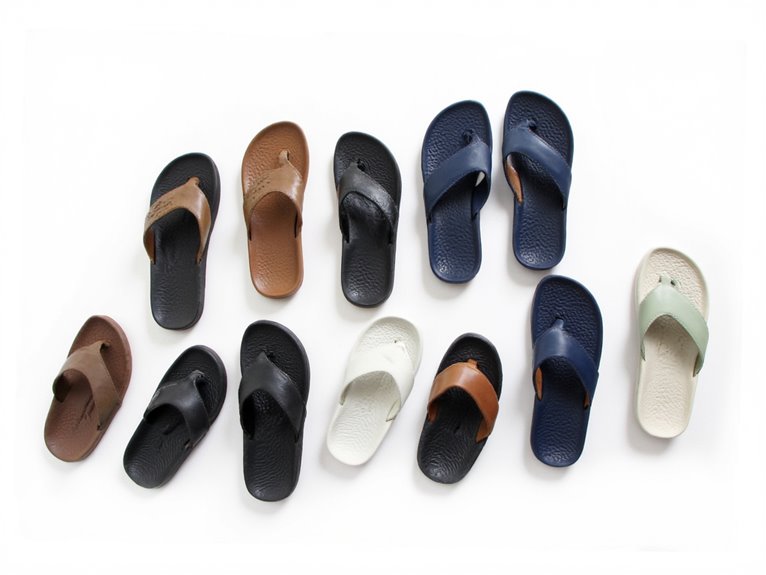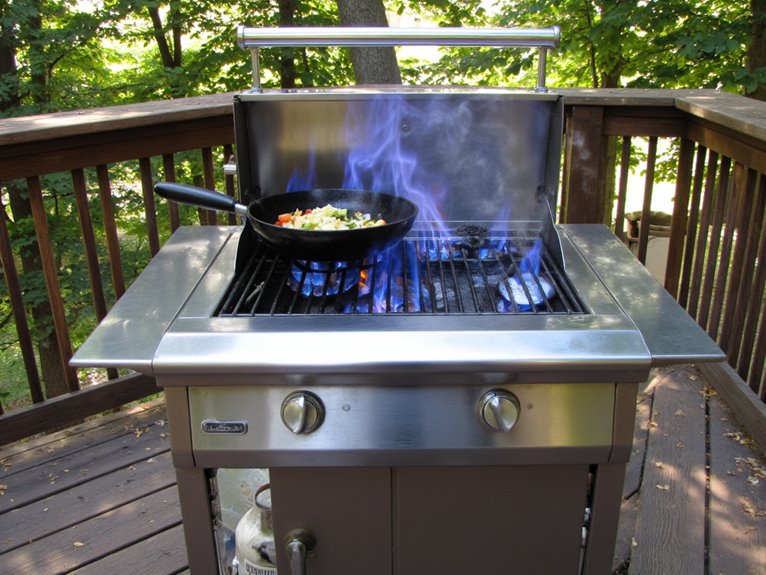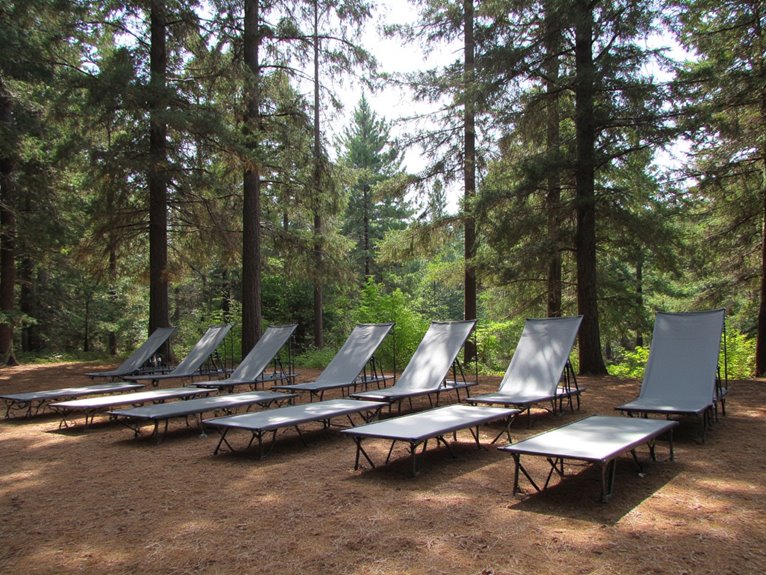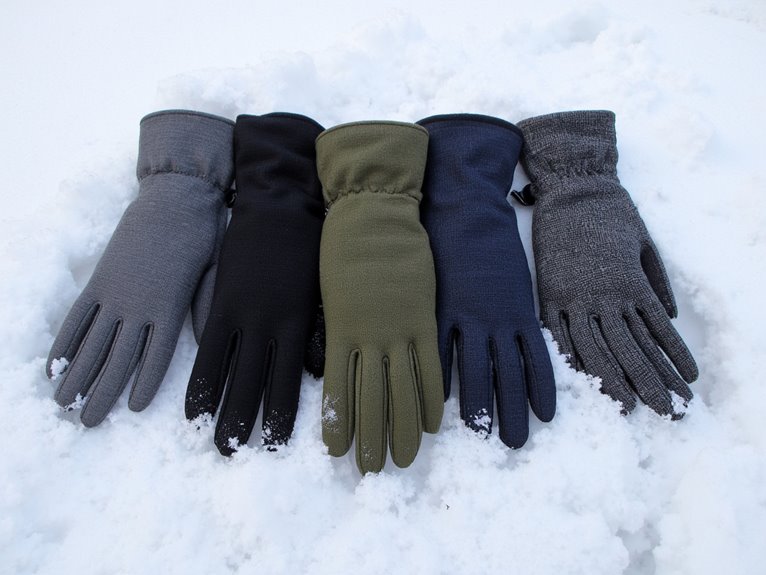How Tight Should Crampons Be?
Achieving ideal crampon tightness is essential for efficient and safe glacier travel, as a secure attachment to the boot is necessary for transmitting forces and maintaining stability on steep or uneven terrain. To achieve perfect tightness, focus on two critical components: crampon strap tension and buckle adjustment. Tighten the straps in a star pattern to facilitate even pressure distribution, ensuring a snug but not constricting fit. The straps should allow for a finger's width of slack. Proper tightness levels will provide stability and control, while over- or under-tightening can lead to discomfort, instability, and even injury. Delve further to master the art of crampon fitting.
We are supported by our audience. When you purchase through links on our site, we may earn an affiliate commission, at no extra cost for you. Learn more. Last update on 1st January 2026 / Images from Amazon Product Advertising API.
Understanding Crampon Fit Essentials
Properly fitting crampons are essential for efficient and safe glacier travel, as a secure attachment to the boot is necessary for transmitting forces and maintaining stability on steep or uneven terrain.
A well-fitting crampon guarantees that the boot and crampon work in harmony, allowing for efficient energy transfer and precise control.
Inadequate fit can lead to compromised stability, reduced performance, and increased risk of injury.
To achieve peak performance, it is imperative to select crampons compatible with your boot type and size.
Additionally, consider factors such as foot shape, ankle mobility, and intended use to confirm a snug, comfortable fit that allows for effective crampon function.
Measuring Your Foot and Crampon
Accurately measuring your foot and crampon is a vital step in ensuring a secure and efficient fit, as even slight discrepancies can profoundly impact performance and safety.
To measure your foot, use a Brannock device or a ruler to determine the length and width of your foot in inches or centimeters.
Note the measurements in both socks and without to account for any variation.
Next, measure the length and width of your crampon, taking note of any adjustable features.
Record these measurements to reference later.
Ensure accurate measurements by taking them multiple times and averaging the results.
Achieving Optimal Tightness Levels
To achieve peak tightness levels, it is crucial to focus on two critical components: crampon strap tension and buckle adjustment.
Proper strap tension guarantees a snug fit, while precise buckle adjustment certifies a secure attachment.
Crampon Strap Tension
Achieving ideal tightness levels for crampon straps is essential, as straps that are too loose can compromise stability, while those that are too tight can restrict blood flow and cause discomfort.
To achieve perfect tension, start by adjusting the straps when your feet are cold, as they will swell during physical activity.
Next, tighten the straps in a star pattern to facilitate even pressure distribution.
The straps should be snug but not constricting, allowing for a finger's width of slack.
Over-tightening can lead to numbness, tingling, or pain, so it's essential to find a balance between support and comfort.
Regularly check and adjust the straps throughout your climb or hike to maintain perfect tension.
Buckle Adjustment Guide
Properly adjusted buckles are essential for maintaining ideal tightness levels, as they directly impact the overall performance and comfort of your crampons.
To achieve perfect tightness, follow these steps:
Start by loosening all buckles, then slide your foot into the crampon.
Tighten the buckle closest to the toe, ensuring a snug fit without restricting circulation.
Move on to the mid-foot buckle, tightening it to a comfortable level.
Finally, secure the ankle strap, ensuring the crampon remains in place.
Adjust buckles in small increments, checking tightness by tugging gently on the straps.
Aim for a balance between security and mobility, allowing for a full range of motion without compromising performance.
How to Put on Crampons Correctly
When preparing to don crampons, it is vital to first inspect the device to verify all straps, buckles, and points are in good working order and free from damage or wear.
Verify the crampons are compatible with your boots, and the bindings are adjusted to fit snugly.
Place the crampons on a flat surface and step into them, aligning the heel clip with the boot's heel.
Secure the ankle straps, followed by the toe straps, ensuring a comfortable yet snug fit.
Tighten the buckles in a star pattern to maintain even pressure.
Common Mistakes to Avoid
When it comes to achieving optimal crampon tightness, it's equally important to recognize common pitfalls to avoid.
Three critical mistakes can compromise the performance and safety of your crampons: over-tightening the straps, wearing them too loose, and incorrect buckle adjustment.
Over-Tightening the Straps
Over-tightening the straps is a common mistake that can lead to restricted blood flow, discomfort, and even nerve damage. This mistake can be particularly problematic for ice climbers and mountaineers who require dexterity and sensitivity in their feet.
Some signs of over-tightening include:
- Numbness or tingling in the toes
- Discomfort or pain in the feet or ankles
- Cold feet due to restricted blood flow
- Difficulty maneuvering or moving efficiently
To avoid these issues, it's essential to find the ideal tightness for your crampons. A good rule of thumb is to tighten the straps until they feel snug, but not constricting.
Alternatively, you can also use the phrase 'perfect tightness' instead of 'ideal tightness' if you prefer.
Wearing Them Too Loose
Wearing crampons too loose can lead to a lack of control and stability on the ice, causing the foot to shift excessively and increasing the risk of accidents.
This mistake can be particularly hazardous when traversing steep or uneven terrain, where a secure footing is vital.
Loose crampons can also lead to blisters and discomfort, as the foot slides around inside the boot.
Additionally, loose crampons can compromise the effectiveness of the crampon's points, reducing their ability to grip the ice.
To avoid these issues, a balance must be struck between comfort and security, ensuring the crampons are snug but not constricting.
Incorrect Buckle Adjustment
A common mistake that can compromise the effectiveness of crampons is incorrect buckle adjustment, which can lead to a range of issues, from reduced traction to increased discomfort.
This mistake can be particularly problematic in icy or hard snow conditions, where proper traction is vital.
To avoid this mistake, it's essential to verify that the buckles are adjusted correctly.
Over-tightening can restrict blood flow and cause discomfort.
Under-tightening can lead to reduced traction and instability.
Misaligned buckles can cause pressure points and discomfort.
Inconsistent buckle tension can affect the overall performance of the crampons.
Signs of Improperly Fitted Crampons
Improperly fitted crampons can manifest in a range of telltale signs, from subtle discomfort to overt performance degradation.
One common indicator is pressure points or hotspots on the feet, often accompanied by blisters or redness. Ill-fitting crampons can also cause unusual fatigue or strain in the legs, ankles, or feet during use.
In addition, if the crampons are too loose, they may shift or slip during activity, compromising traction and stability. Conversely, over-tightening can lead to restricted blood flow, numbness, or tingling in the toes.
Additionally, improperly fitted crampons may produce unusual noises, such as creaking or clanking, while in use.
Recognizing these signs is vital to adjusting the fit and ensuring peak performance on the ice or snow.
Crampon Straps and Buckle Adjustment
To achieve peak performance and comfort, it is crucial to properly adjust the crampon straps and buckle to guarantee a snug, secure fit. A well-adjusted crampon reduces the risk of blisters, hotspots, and inefficient energy transfer.
To get it right, consider the following:
- Begin by adjusting the straps to fit comfortably over your boots, maintaining even tension across the foot.
- Loosen or tighten the buckle to achieve a secure fit, avoiding excessive pressure points.
- Check the straps regularly to confirm they remain snug, as over time they may stretch or loosen.
- Practice walking with your crampons to identify and adjust any pressure points or hotspots.
Breaking in New Crampons Safely
Properly breaking in new crampons is essential to prevent discomfort, blisters, and compromised performance on the mountain.
A gradual break-in period allows your feet to adapt to the new gear, reducing the risk of painful hotspots and blisters.
Begin by wearing your crampons around the house or on short, low-intensity walks.
Gradually increase the duration and intensity of your activities over several days.
Pay attention to any areas of discomfort or pressure, making adjustments to the straps and buckles as needed.
Adapting to Different Terrain Types
Three primary terrain types – ice, hardpack, and powder – each require distinct crampon adjustments to guarantee peak performance and safety. Failure to adapt can lead to decreased traction, increased energy expenditure, and heightened risk of accidents.
To optimize your crampon setup, consider the following terrain-specific adjustments:
- Ice: Tighten crampons to ensure maximum stability and precision on slick surfaces.
- Hardpack: Loosen crampons slightly to accommodate the firmer terrain, maintaining traction without compromising flexibility.
- Powder: Relax crampon tension to allow for smooth gliding and effortless movement in deep snow.
- Mixed terrain: Adjust crampon tightness accordingly, taking into account the varying demands of each terrain type.
Fine-Tuning Your Crampon Fit
When it comes to fine-tuning your crampon fit, attention to detail is crucial.
Two critical aspects to focus on are crampon buckle adjustment and proper strap tensioning, as these elements work in tandem to ensure a secure and comfortable fit.
Crampon Buckle Adjustment
Adjusting the crampon buckle is a crucial step in achieving a snug, secure fit that allows for efficient energy transfer and ankle mobility.
Proper buckle adjustment guarantees that the crampon stays in place, providing stability and support on various terrain.
To fine-tune your crampon fit, follow these guidelines:
- Loosen the buckle and slide your foot into the crampon, making sure it's centered and comfortable.
- Tighten the buckle in a star pattern to avoid uneven pressure points.
- Check that the buckle is snug but not overly tight, allowing for slight flexibility.
- Perform a series of ankle rotations and toe wiggles to confirm the crampon doesn't shift or slip.
Proper Strap Tensioning
Proper strap tensioning is the key to fine-tuning your crampon fit, as it guarantees a secure and responsive connection between your boot and the crampon.
To achieve perfect tension, start by loosening the straps and then re-tightening them in a star pattern to maintain even pressure.
Check the straps frequently to prevent over-tightening, which can restrict blood flow and cause discomfort.
A good rule of thumb is to tighten the straps until they feel snug, but not constricting.
Remember, the goal is to create a comfortable, responsive fit that allows for efficient energy transfer between your boot and the crampon.




